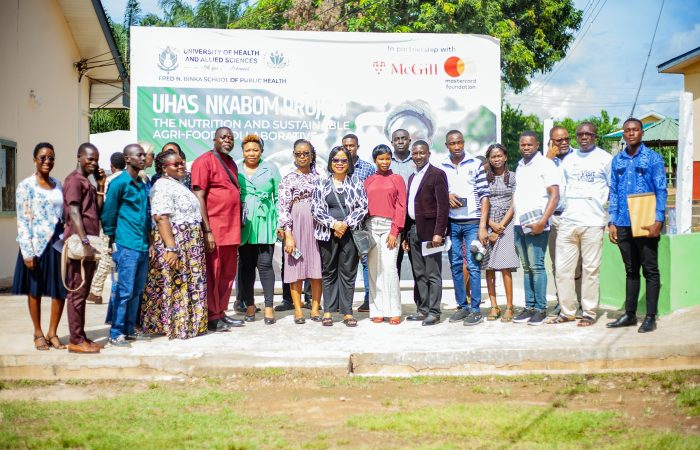The issue of sexual and reproductive human rights (SRHR) transverses race. The taboo of discussing a sexually transmitted disease is a global issue and the stigma it brings with it affects those diagnosed universally. “Will I get HIV from kissing” still remains one of the top google searches – exemplifying worldwide misconceptions regarding the disease. Whilst the fight against stigma is led by educating people on sexual health, consent and healthy relationship dynamics, we must not discount the importance of good local health infrastructure and implementation of adequate availability of contraception and medication.
My experiences working in both Western hospitals and African hospitals confounded this reality. Patient X, from Uganda, was aged 15 attending a genitourinary clinic in her nearest district hospital. She was silent with shock as she was told of her new diagnosis of HIV. “It was only one time.” The cliché echoes across the globe in genitourinary clinics everywhere. Patient Y, from the UK, was less silent, and more angry. “Will this kill me?” The difference for Patient X and Y is that it isn’t necessarily a death sentence for one of them. Unfortunately, 1.5 billion young people living with HIV in developed countries have only a 20% chance of living till the age of 60(1,2). Both of them, while lacking in education surrounding contraception, understood the impact of HIV on their life. Both of them received counselling; they needed to take regular anti-retroviral medication and use barrier methods of contraception to stop the spread. But it is not enough to empower people through education if condoms are not freely available. Another challenge remains with the lack of government funding or integrated SRHR and HIV response. This has resulted in increased reliance on ART provided by NGOs in developing countries(1).
Ultimately, improving access to treatment is not enough to end HIV once and for all, despite lowering the risk of transmission. For example, it was found that despite improving access to HIV antiretroviral therapy in Thailand, the prevalence of HIV in young people had not decreased like it was hypothesised to(3,4). Thus, prevention of HIV needs to be targeted to those who are high risk, and there must be investment into training primary healthcare administrators and mobilising funds for educational packages. This is also being encouraged by the WHO through the development of a toolkit(5). Evidence based prevention methods may be useful, like providing access to pre-exposure prophylaxis to at-risk groups. Furthermore, a legal framework is required to ensure that HIV is not criminalised and used unjustly to discriminate against those living with the condition.
It is clear that more work is needed to ensure improved infrastructure for high quality universal healthcare coverage for sexual and reproductive health conditions. Nevertheless, the utilisation of education to break down cultural and religious barriers and negative stigma cannot be disregarded in its importance in reducing prevalence of sexually transmitted disease. After all, what good is providing a condom without teaching the wearer how to use it correctly? Therefore, both factors limit each other.
CREDIT: europeansting.com


